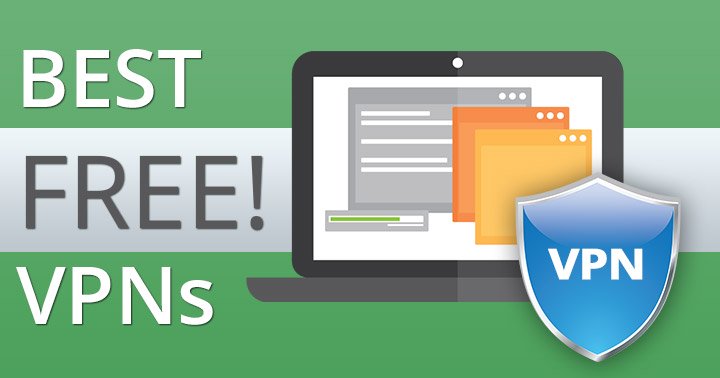Virtual conferencing is now the mainstay of business communication. Everything from team catch-ups to project meetings is all handled digitally. With the global decline of the office, the virtual phenomenon looks set to stay. However, due to the rapid adoption of virtual conferences, many are still learning the ropes. After all, virtual conferences are a massive change from real-world meetings.
As such, these virtual meetings often suffer from inefficiency. With both hosts and employees failing to use the full potential of the new medium. Therefore, to help explore how to make your virtual conference more efficient, we’ve put together this handy guide. We’ll guide you through from prep to the meeting itself. So, let’s get started.
Check your tech setup
Before the meeting begins, it is vital to check that everything is working. For attendees, that means reviewing your camera and audio. Frequently, cameras or audio are assigned to the wrong feed, so you’ll appear as a black square when you join the meeting. Or you’ll speak, but no one will be able to hear.
An easy fix is to have a quick call with a colleague to ensure everything is functioning normally. That way, you have time to contact IT if anything needs fixing.
Additionally, a slow internet connection can lead to a broken feed. You and your colleagues will struggle to communicate through the broken sentences and disrupted video feed. Ensure you have an adequate bandwidth for the number of meeting attendees. Furthermore, if there is anyone else using the internet, request that they hold off for the duration of the meeting.
Set an agenda
Virtual meetings tend to go one of two ways. In the first, everyone remains silent. The host asks questions into the void, as no one takes the initiative to answer. In the second, people do speak, but it’s typically restricted to a couple of people talking about a specific issue. Everyone is forced to listen to a conversation better handled in a smaller call.
Instead, create an agenda. List out the goals of the meetings, the points to be covered, and the responsibilities of the attendees. It can also be useful to include the length of time. Try to assign each point ten minutes within the meeting, and keep the meeting restricted to fifty to sixty minutes. By giving key points a timespan, the meeting can be focused on achieving the objectives, leading to a fruitful discussion.
You might also consider laying out some ground rules. These are the social norms people are expected to follow when joining the meeting. They could include how to interrupt someone, how to leave the meeting, should you have the video on, or when to mute. If everyone is on the same page, it prevents accusations of rudeness and confusion.
Reduce distractions
Even in regular meetings, people became distracted. Pages of doodles and scribbles are drawn as the hours’ pass. Eyelids began to sag. It’s hard to not become disinterested on a warm Friday afternoon. Thoughts of food or the weekend are inevitable.
Therefore, reducing distraction is essential. Banning the use of phones and multitasking is one method. However, it can be peoples’ homes that are the source of distraction. Pets and kids might be roaming around, or people may try to read the spines of books.
Thankfully, there are virtual backgrounds. With a virtual background, you can use the latest green screen technology to replace your home with one of many different backdrops. At Hello Backgrounds, there are tons of zoom virtual background downloads from which to choose whether you prefer a calming seaside scene or a professional boardroom image, it’s up to you.
Consider a facilitator
In-person, meetings often have natural social momentum. People spark off one another, engaging in creative discussion. As we’ve established, in a virtual meeting, the dialogue can often feel more stilted and forced. It’s easy to veer off-topic.
As such, consider a facilitator. They will help guide the meeting through the agenda. Ensuring each point is covered and resolved. They can also help with participation, directing questions at less willing participants. So, if unnecessary tangents or awkward silences plague your meetings, a facilitator can smooth the process. Sparking engagement and getting the most of everyone in attendance.
















